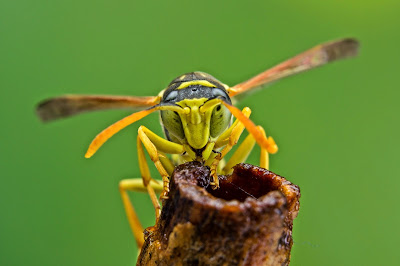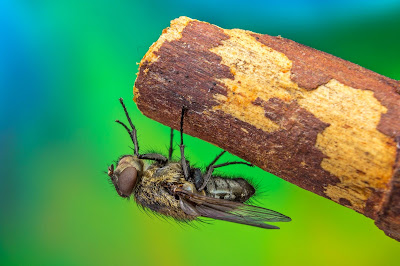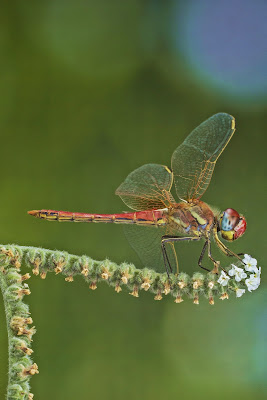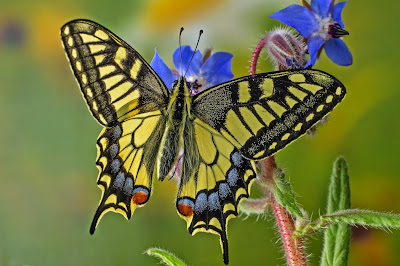
The red palm weevil, Rhynchophorus ferrugineus, is a species of snout beetle also known as the Asian palm weevil or sago palm weevil. The adult beetles are relatively large, ranging between two and five centimeters long, and are usually a rusty red colour - but many colour variants exist and have often been misidentified as different species (e.g., Rhynchophorus vulneratus;). Weevil larvae can excavate holes in the trunk of a palm trees up to a metre long, thereby weakening and eventually killing the host plant. As a result, the weevil is considered a major pest in palm plantations, including the coconut palm, date palm and oil palm.
Originally from tropical Asia, the red palm weevil has spread to Africa and Europe, reaching the Mediterranean in the 1980s. It was first recorded in Spain in 1994, and in France in 2006. Additional infestations have been located in Malta and Italy (Tuscany, Sicily and Campania). It is also well established throughout most of Portugal, especially in the South. Researchers also suspect that it has established in Morocco, Algeria and other North African countries, but there remains no official confirmation. The weevil was first reported in the Americas on Curaçao in January 2009 and sighted the same year in Aruba. It was reported in the United States at Laguna Beach, CA late in 2010.
Canon 600D.
Sigma 50mm 2.8 macro.
F-stop: F-10.
Tempo de exposição: 1/160
Distancia focal: 50mm.
Velocidade ISO: 200











